Closing the gap: what next?
/I wrote recently about closing the gap between data science and the subsurface domain, naming some strategies that I think will speed up this process of digitalization.
But even after the gap has closed in your organization, you’re really just getting started. It’s not enough to have contact between the two worlds, you need most of your actvity to be there. This means moving it from wherever it is now. This means time, and effort, and mistakes.
Strategies for 2020+
Hardly any organizations have got to this point yet. And I certainly don’t know what it looks like when we get there as a discipline. But nonetheless I think I’m starting to see what’s going to be required to continue to build into the gap. Soon, we’re going to need to think about these things.
We’re bad at hiring; we need to be awesome at it*. We need to stop listening to the pop psychology peddled by HR departments (Myers-Briggs, lol) and get serious about hiring brilliant scientific and technical talent. It’s going to take some work because a lot of brilliant scientists and technical talent aren’t that interested in subsurface.
You need to get used to the idea that digital scientists can do amazing things quickly. These are not your corporate timelines. There are no weekly meetings. Protoyping a digital technology, or proving a concept, takes days. Give me a team of 3 people and I can give you a prototype this time next week.
You don’t have to do everything yourself. In fact, you don’t want to, because that would be horribly slow. For example, if you have a hard problem at hand, Kaggle can get 3000 teams of fantastically bright people to look at it for you. Next week.
We need benchmark datasets. If anyone is going to be able to test anything, or believe any claims about machine learning results, then we need benchmark data. Otherwise, what are we to make of claims like “98% accuracy”? (Nothing, it’s nonsense.)
We need faster research. We need to stop asking people for static, finished work — that they can only present with PowerPoint — months ahead of a conference… then present it as if it’s bleeding edge. And do you know how long it takes to get a paper into GEOPHYSICS?
You need Slack and Stack Overflow in your business. These two tools have revolutionized how technical people communicate and help each other. If you have a large organization, then your digital scientists need to talk to each other. A lot. Skype and Yammer won’t do. Check out the Software Underground if you want to see how great Slack is.
Even if your organization is not quite ready for these ideas yet, you can start laying the groundwork. Maybe your team is ready. You only need a couple of allies to get started; there’s always something you can do right now to bring change a little sooner. For example, I bet you can:
List 3 new places you could look for amazing, hireable scientists to start conversations with.
Find out who’s responsible for technical communities of practice and ask them about Slack and SO.
Find 3 people who’d like to help organize a hackathon for your department before the summer holidays.
Do some research about what it takes to organize a Kaggle-style contest.
Get with a colleague and list 3 datasets you could potentially de-locate and release publically.
Challenge the committe to let you present in a new way at your next technical conference.
I guarantee that if you pick up one of these ideas and run with it for a bit, it’ll lead somewhere fun and interesting. And if you need help at some point, or just want to talk about it, you know where to find us!
* I’m not being flippant here. Next time you’re at a conference, go and talk to the grad students, all sweaty in their suits, getting fake interviews from recruiters. Look at their CVs and resumes. Visit the recruitment room. Go and look at LinkedIn. The whole thing is totally depressing. We’ve trained them to present the wrong versions of themselves.
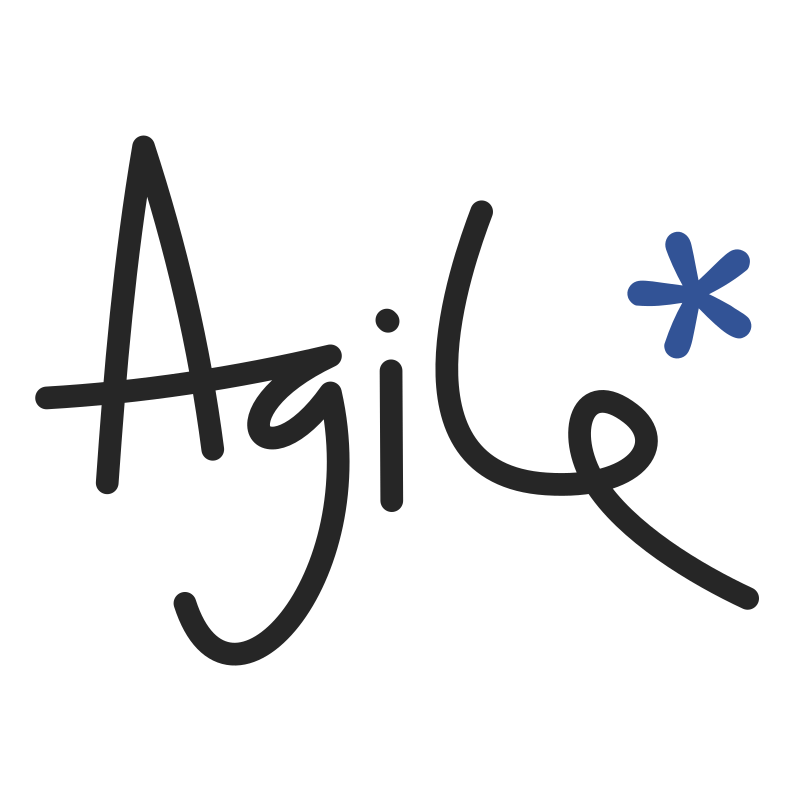



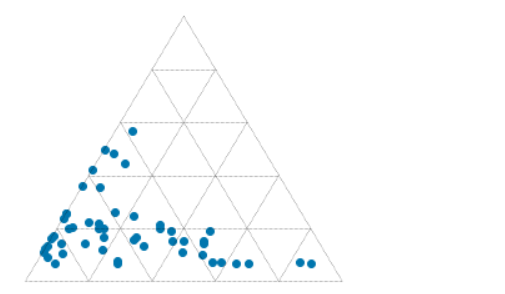






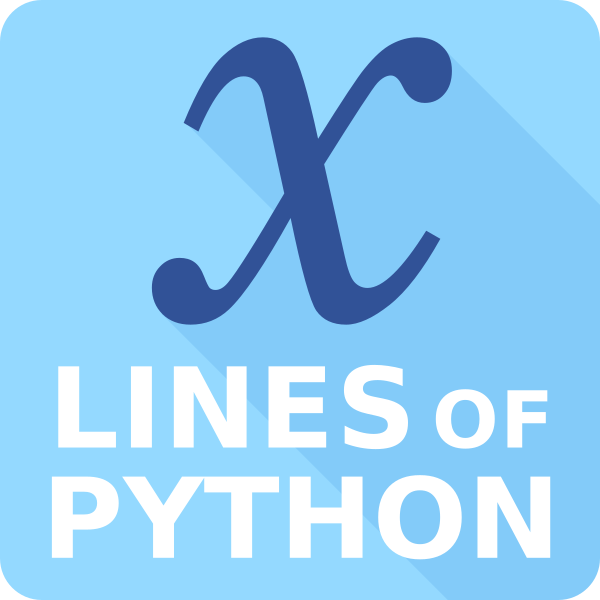



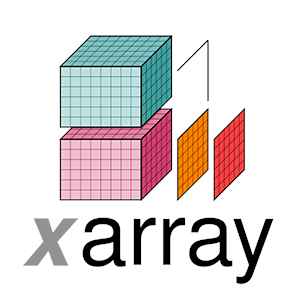

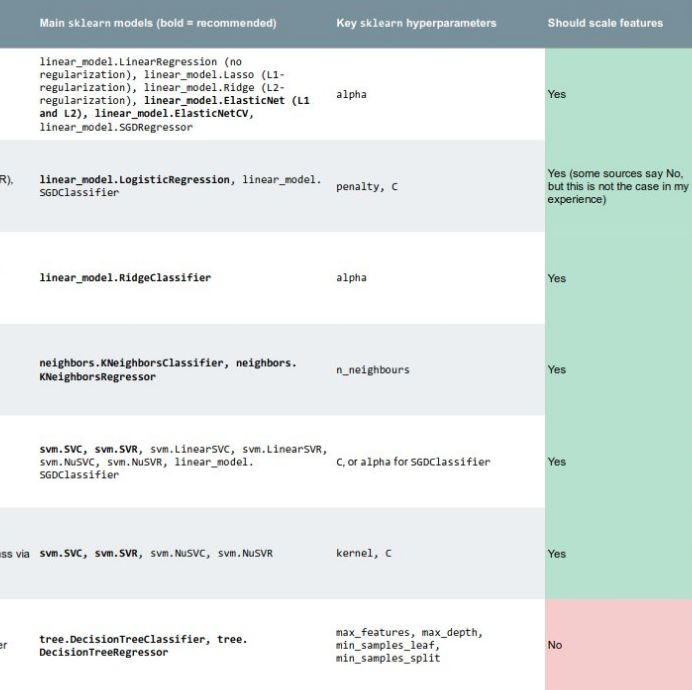


 Except where noted, this content is licensed
Except where noted, this content is licensed